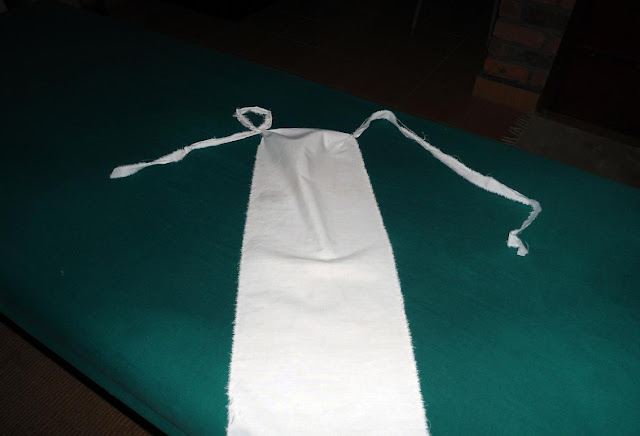Langkawi Permata Kedah (or simply Langkawi to many), is an archipelago of 99 islands (104 during low tide) in the Andaman Sea, separated from mainland Malaysia by the Straits of Malacca. It belongs to the Malaysian state of Kedah and is listed in Unesco's Global Network of National Geoparks.
Langkawi International Airport (IATA code LGK) serves as the main entry point by air into the island. Flying from the Malaysian capital of Kuala Lumpur took about an hour.
 |
| northern tip of the beach, which is about a 2-km stretch of fine white-beige sand |
Oriental Village
An Asian-themed village featuring Malaysian, Cambodian and Thai architecture located some 15 kilometers north of Cenang in the Burau Bay area, Oriental Village is a recreational facility with a beautiful lake, set against a picturesque mountain backdrop. It is where the cable car ride is located.
 |
| main entrance |
Langkawi Cable Car & Sky Bridge
After my first cable car experience in Ocean Park in Hong Kong in 1993, I swore to myself I will never ride one again. But things have changed. I began to conquer my dread for heights by trying ziplines and somehow my fear abated. Having done a prior research on Langkawi cable car's construction and safety also helped. I decided to ride for the second time.
Another nearby attraction, Telaga Tujuh waterfalls, came into view during the final glide to the peak of Mount Mat Cinang.
The cars passed over the rainforest of Gunung Mat Cinang, and the lush greenery despite the fog and rain was truly spectacular.
 | ||
| the base station in the Oriental Village complex A major attraction in Langkawi, the Panorama Langkawi Cable Car, gives one an exhilarating ride from Oriental Village to the top of Mount Mat Cinang, the second highest peak in the island.
I began to hold my breath when our gondola started to gain altitude and looked at where we started. I closed my eyes most of the time during the glide from the base station to the middle station which spanned about 1 kilometer. This stretch also had the steepest grade at 42 degrees! I thanked the gods silently when we reached the middle station. |
 |
| the middle station |
 |
| the 42-degree incline |
The cars passed over the rainforest of Gunung Mat Cinang, and the lush greenery despite the fog and rain was truly spectacular.
At the summit of Mount Mat Cinang (700 metes above sea level) was the cable-stayed pedestrian bridge called, well, Sky Bridge. It was closed at the time due to inclement weather conditions.
 | ||||||||||
| the Sky Bridge as seen from the observatory deck, middle station. As we began the descent, my heart started to race again and wished the gondolas were equipped with parachutes and other life-saving devices should anything disastrous happened! Overall, the 2.2km. 30-minute ride was enjoyable. The MR30 (USD10.50) fee was worth it. Will I ever ride a cable car again? Abso-bloody-lutely! Laman Padi Laman Padi, located a few hundred meters north of Pantai Cenang, is a complex showcasing Malaysia's agriculture history and development, primarily rice production. It offers a peaceful and rural ambiance in contrast to the party-like atmosphere in nearby Cenang beach. Entrance to the facility was free. Telaga Tujuh Waterfalls About 800 meters away from Oriental Village, Telaga Tujuh is located in Mount Mat Cinang. The hike (on paved trail) to the waterfalls itself took about 15 minutes. Ayurvedic Massage Being a sucker for massages, I decided, on our last night in Langkawi, to try one of the much hyped-about Ayurvedic treatments offered by Sri-Lankan born Vaidya Nithi Subramaniam. I chose Abhyanga, which was a panchakarma treatment. It was essentially an invigorating 90-minute full body massage using hot aromatic herbs and oils. Since Nithi was somewhere else, I was assigned a different vaidya from Sabah.
|

























































